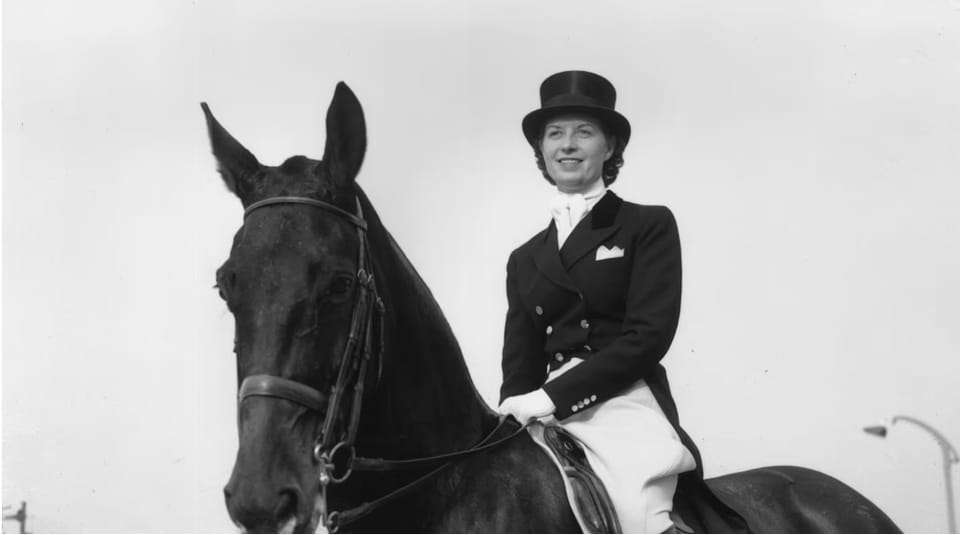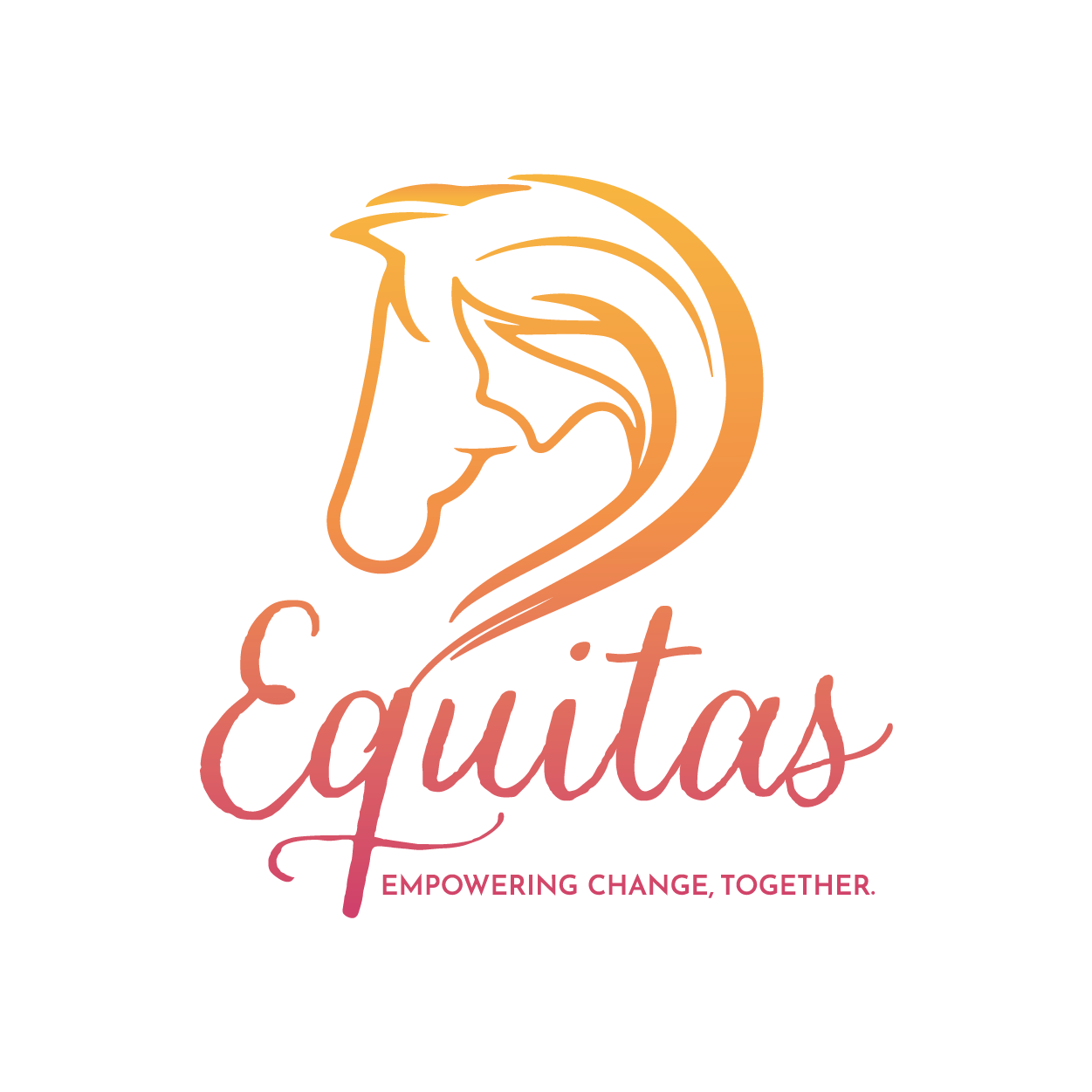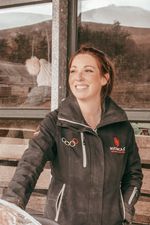Riding Against the Odds: The Legacy of Lis Hartel

As we honour International Women’s Month, we look back at a name that rewrote the story of what women—and equestrians—can overcome. Lis Hartel. A woman who didn’t just break barriers in her sport, but did so while defying a diagnosis that threatened to end it all.
Born in 1921 in Denmark to a family already rooted in equestrianism, Lis Hartel’s future in dressage looked promising. By her early 20s, she had already become a two-time national champion, showcasing her natural finesse in a discipline known as the ballet of equestrian sport.
But fate had other plans. In 1944, at just 23 years old and pregnant with her second child, Hartel was struck by polio.
The illness left her permanently paralysed from the knees down and with limited function in her hands—two of the most critical areas needed to communicate with a horse. Doctors told her she would never walk again. And certainly, she would never ride.
But Lis didn’t accept that.
With an unwavering mindset, she began the slow, painful work of recovery—strengthening her body with sandbag pulleys and undergoing surgeries. Just months after her diagnosis, she asked to be taken back to the stables. She wanted to try riding her horse, Gigolo. She was helped into the saddle. She lasted three minutes. Then came weeks of recovery. Then she tried again. And again.
Eventually, Lis and her beloved chestnut mare Jubilee began to adapt to one another. She developed a new riding style—one built on whispers, not commands. Where force was once used, now there was feel. Her disability had reshaped the way she rode—but it never dulled her determination.
In 1947, she placed second at the Scandinavian Championships, an Olympic-level performance. But at the time, women were still barred from competing in Olympic equestrian events—those arenas were reserved for male military officers. It wasn’t until 1952 that the rules changed, and dressage finally opened its gates to women.
At the Helsinki Olympic Games that year, Lis Hartel rode into history. Among the first four women ever to compete in Olympic equestrian sport, she rode with quiet strength. The crowd didn’t know she was paralysed. She didn’t announce it. She didn’t need to. Her performance spoke for itself.
Lis and Jubilee danced through their test. When the scores came in, she had won the silver medal—beating many of the world’s top male riders. But it was the medal ceremony that etched her into Olympic history. Gold medallist Henri Saint Cyr stepped forward, walked to her horse, and carried Hartel to the podium, where she stood—unaided—for the world to see.
She would later say that standing on the podium was the hardest part.
Four years later, at the 1956 Olympic Games in Stockholm, she did it again—another silver medal. At this point, Hartel was not just a national champion, but a world-class athlete competing—and winning—in open competition, despite her disability.
After her competitive career ended, Lis didn’t step away from the saddle—she stepped into advocacy. Drawing from her own experience, she championed the use of therapeutic riding for individuals with disabilities. She helped open Europe’s first therapeutic riding centre and dedicated the rest of her life to making equestrianism more accessible.
The Lis Hartel Foundation continues that work today.
An Enduring Legacy
Lis Hartel did not just win medals—she shifted perspectives. Her legacy goes far beyond equestrianism. She is a reminder that strength comes in many forms. That what may look like limitation, can become a source of innovation. That horses don’t care about your gender, your title, or your mobility. They respond to feel. To heart. To presence.
Today, equestrianism remains the only Olympic sport where men and women compete directly against each other on equal footing. And that’s no accident. It’s thanks to trailblazers like Lis.


